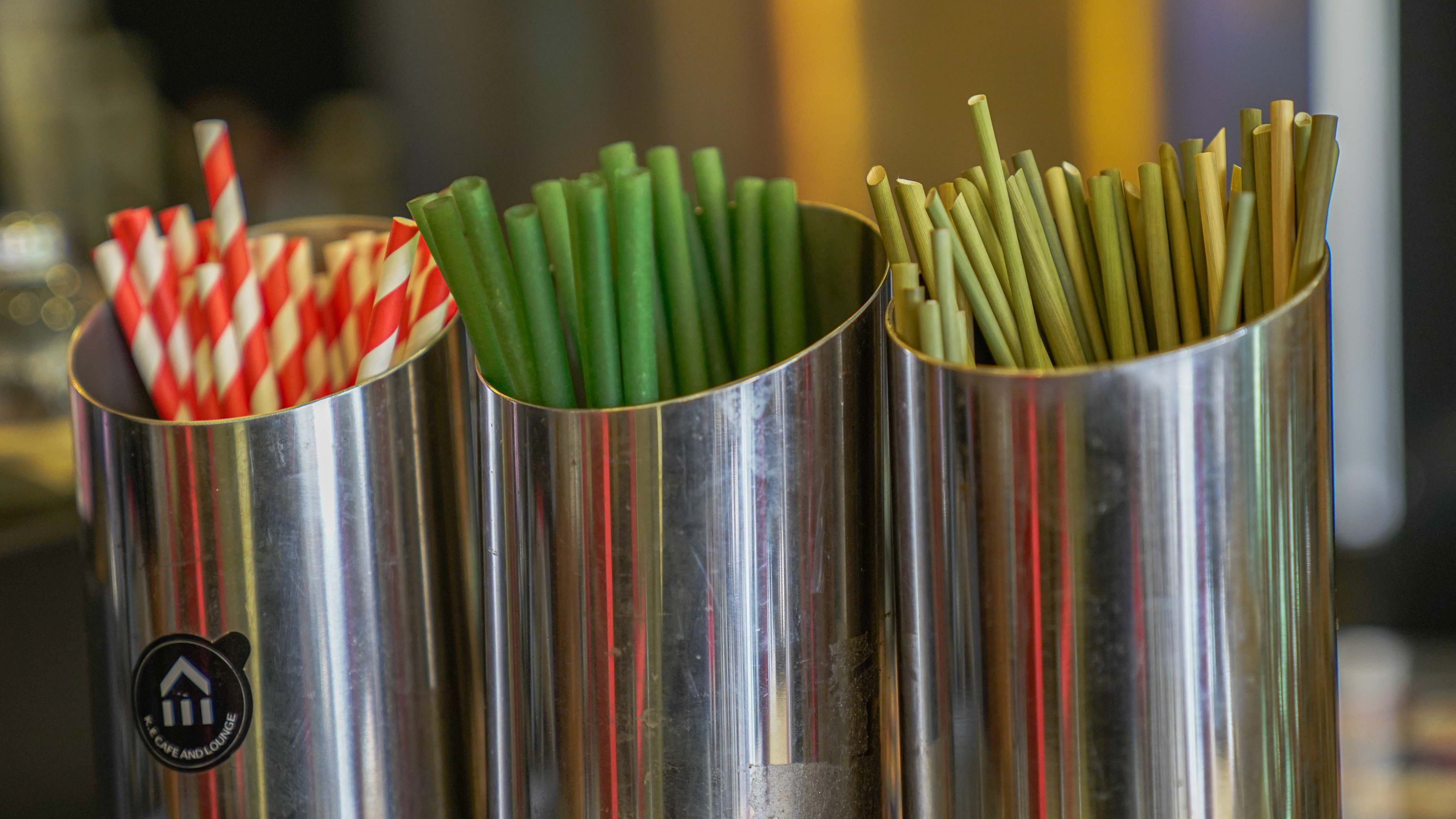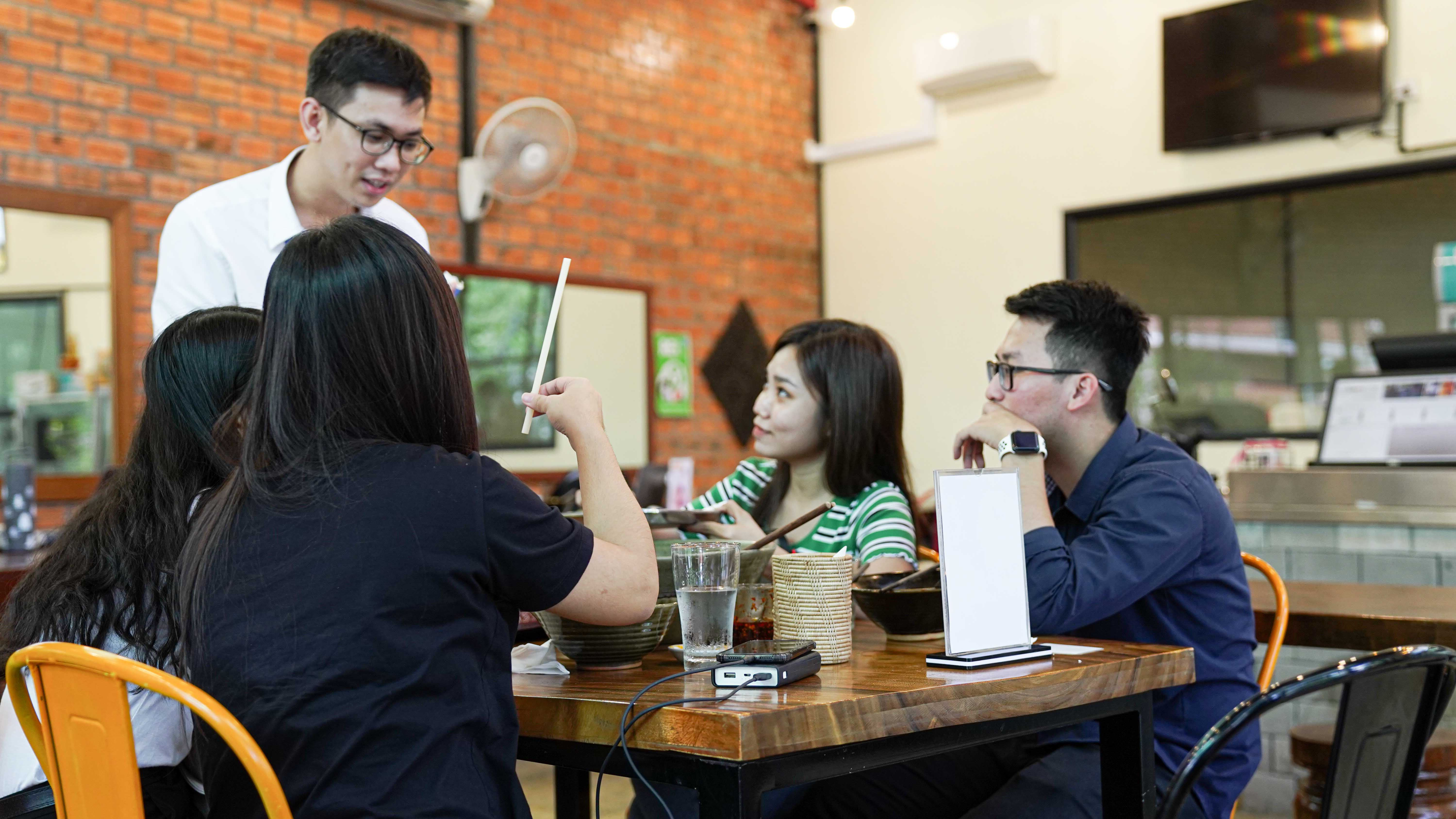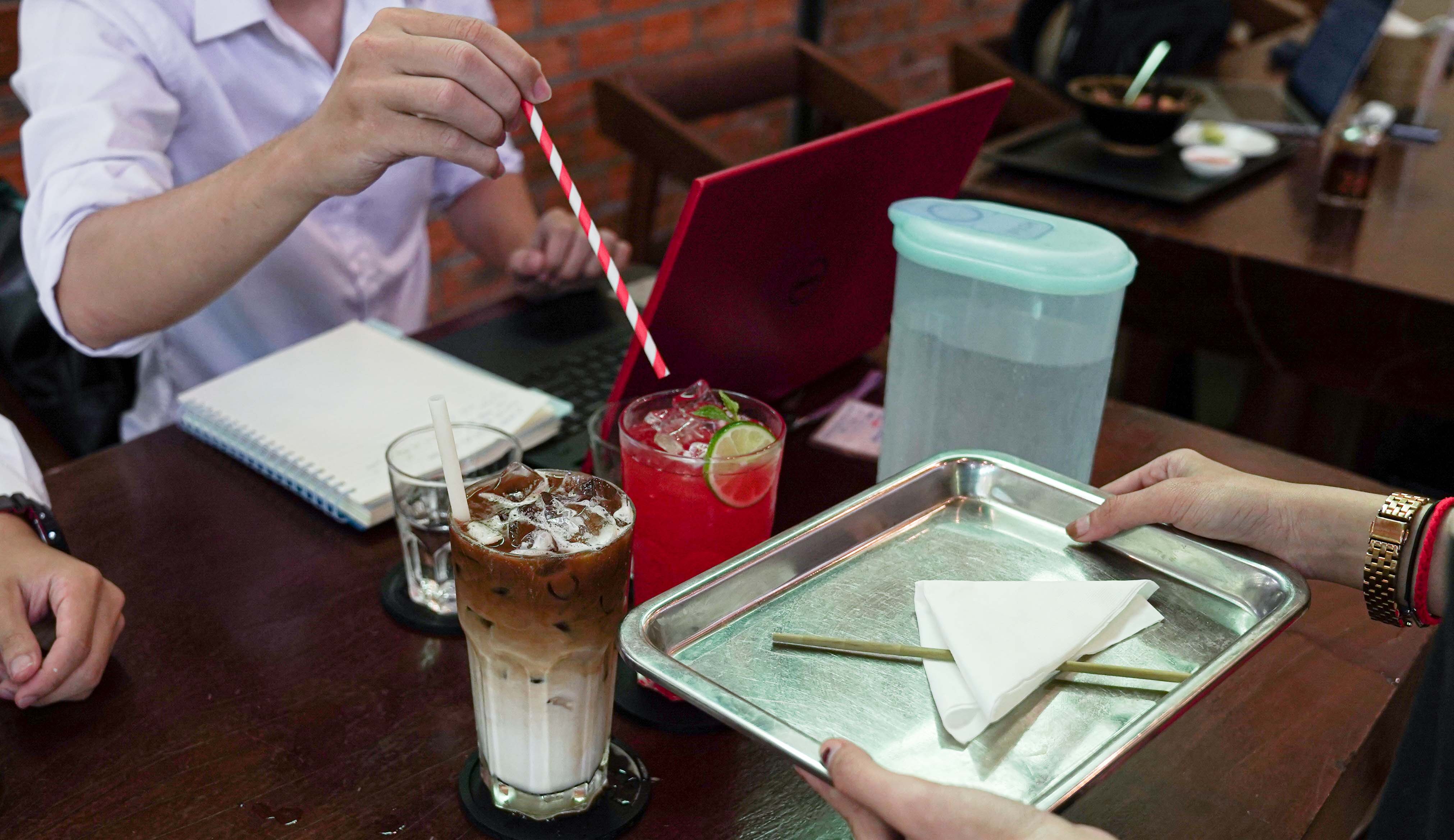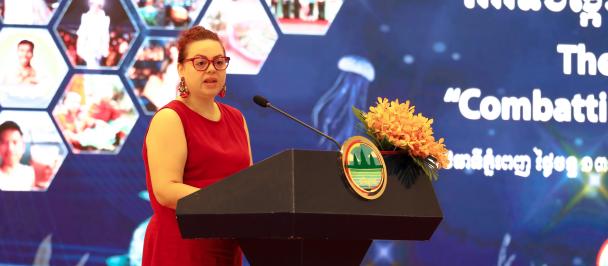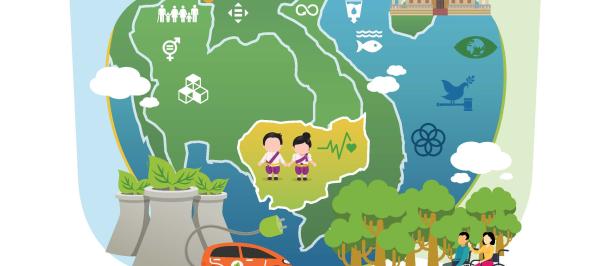(Left to Right) Paper Straw, Rice Straw, Grass Straw
Our ability to implement the best solution to a development challenge is often slowed down by the assumptions we hold. How do we move past our existing beliefs to ensure we are selecting the most effective solutions, not only the ones we think will work best? There is one critical ingredient: proper experimentation with a number of different solutions. We came to realize this through our own experimentation process on testing alternatives to plastic straws. In our quest for decreasing plastic waste in Cambodia by Moving Closer to Dumping Plastic Straws, we began by studying the use of grass straws as an alternative to plastic. However, we soon recognized that our experiment might not be most effective if we stopped there.
Engaging with various stakeholders (activists, suppliers, café, etc.), we discovered two other single-use alternative straws, rice and paper, which we included in our experiment. The extended coverage of this experiment serves a critical purpose of helping us to explore more possible solutions and challenge the compelling assumption we often have as humans and development practitioners to look at only one alternative solution. Our rationale for including multiple alternatives was to strip away as many of our existing assumptions as possible and run a user-led experiment where we can build on consumer and stakeholder experiences and knowledge, as well as what is already available in the Cambodian market.
HOW DID WE CONDUCT AN EXPERIMENT?
Customers selected rice and paper straws
Our team rolled out a two-week experiment with various street vendors, branded and non-branded cafés and restaurants. At each location, we sat down like day-to-day customers and closely observed people’s experiences and motivation toward (1) not using straws at all; and (2) using single-use alternative straws (including rice, grass and paper) for their consumption. This method allowed us to more seamlessly connect with the context surrounding consumers’ behaviors and attitudes and to help us link what people say they do, to what they actually do.
In our experiment, we introduced three scenarios:
1. NO straws were given to consumers, to see if there was anyone willing to go “no straw”);
2. If consumers insisted on using straws, our participating vendors, cafés and restaurants then offered their consumer a choice among the three options;
3. OR consumers selected one of the alternative straws by themselves if they insisted on using straws.
We then observed their purchasing and consumption journey before approaching some of them for further understanding of their experience on hygiene factor, straw option, why this option, and why need a straw.
WHAT DID WE FIND?
Our first-hand experiment revealed that not using plastic straws is hardly possible since they have become a part of everyday culture among sellers and users. Straws tend to be handed out automatically. Given the fact that consumers cannot give up plastic straws entirely, we also learned that single-use alternative straw selection by consumers generated a higher level of interest and curiosity than being offered a straw by vendors/baristas. Some consumers even asked us where they could buy these straws so that they would be able to use them in the future. This indicated how widely alternative straws have been discussed despite consumers first encounter and limited exposure. This provokes us further questions as to whether they would then lean more toward alternative products if they had more knowledge about them.
What’s more, our findings showed that barely anyone refuses alternative straws, except when the straws break during usage. A few of the rice straws broke when used for a long period of time in a cold drink. Some grass straws were broken when they were squeezed. Finally, the size, color, and shape of alternative straws also mattered to consumers and shaped their preferences. Some picked paper straws due to their attractive design, while others chose rice straws for their beautiful color. Interestingly, grass straws were picked up by those who felt a strong connection to nature.
Customers selected rice and paper straws
WHERE DO WE TAKE THE EXPERIMENT NEXT?
Starting with plastic straws, this experiment allowed us to open up the space for serendipity and new learnings and not fall into our initial assumption that grass straws were the only alternative option. With new insights from the experiment, we are going to conclude the feedback loop by sharing our findings with advocates and policymakers that alternative straws need to speak to consumers’ experiences. Our recent sharing session with the Ministry of Environment has sparked their interest in finding out the best alternative straws so that they can incorporate these into their policies/laws. Following this, we plan to build evidence with a larger experiment to create a stronger case for the demand of alternative straws throughout the straw supply chain. After these key steps, it will be critical for us to reiterate our learning cycle.
Why does experimentation to find the best alternative straw matter? The idea is not about choosing to address our consumption of plastic straws over other plastic products. All single-use plastics are environmentally harmful and need to be addressed. The goal, however, is to start taking a new approach to solve complex development challenges and develop a rapid experimentation methodology that can accelerate learning, set the stage for others to test out their hypotheses, and contribute to leveraging existing alternatives. We believe that if there were alternatives, even a simple 10% reduction of plastic straws would amount to hundreds of thousands fewer straws, minimizing waste creation in the cities and pollution to the environment. Let our journey towards this goal begin with you – share this blog and look for alternative straws when you order a drink!
Written by Dany Vinh, Head of Experimentation, UNDP Accelerator Labs, Cambodia

 Locations
Locations